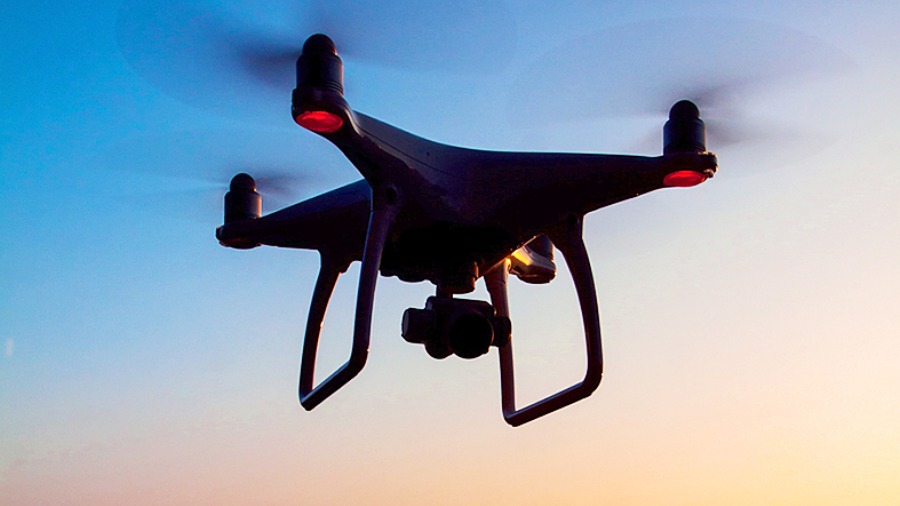Jeff Bezos said Amazon drones would be bringing toothpaste and cat food to Americans’ homes within four or five years. That was nearly nine years ago. Oops.
This week, Amazon said it planned to start its first drone deliveries in the US sometime in 2022, maybe, in one town in California, US.
The latest newsletter addresses two questions: what is taking so long for drone deliveries? And are they better than other ways of bringing goods to our door?
The bottom line: for the foreseeable future, drone deliveries will be handy in a limited number of places for a small number of products under certain conditions. But because of technical and financial limitations, drones are unlikely to be the future of package delivery on a mass scale.
Drone deliveries are a significant improvement for some tasks, like bringing medicine to people in remote areas. But that’s less ambitious than the big drone dream Bezos and others pitched to the public.
Why the difficulty
Mini aircraft that operate without human control face two significant obstacles: the technology is complex, and governments have required lots of red tape — often for good reason. (In the US, regulatory issues have largely been worked out.)
Dan Patt, an experienced drone engineer and a senior fellow at the Hudson Institute research group, said he and I could make our own delivery drone in a garage in about a week for less than $5,000. The basics aren’t that hard.
But the real world is infinitely complex, and drones can’t deal with that. At rapid speeds, drones must accurately “see” and navigate around buildings, electrical wires, trees, other aircraft and people before landing on the ground or sending packages down from a height. GPS might conk out for a split second and crash the drone. There’s little room for error.
“Solving the first part of the problem is really easy,” Patt remarked. “Solving the full problem to make drone delivery fully robust is really difficult.”
The typical technologists’ approach is to think smaller, which means confining drones to relatively uncomplicated settings. Start-up Zipline focused on using drones to deliver blood and medical supplies to healthcare centres in relatively spread-out parts of Rwanda and Ghana in Africa where driving was difficult.
A typical suburb or city is usually more complex, and vehicle deliveries are better alternatives.
That’s still an incredible achievement, and over time drones are becoming more capable of making deliveries in other types of settings.
The even trickier problem, Patt said, is that drone deliveries might not make economic sense most of the time. It’s cheap to stuff one more package on a UPS delivery truck. But drones can’t carry that much. They can’t make many stops in one flight. People and vehicles still need to take the cat food and toothpaste to wherever the drones take off.
“I think it’s small markets, small concepts, niche uses for the next 10 years,” Patt said. “It’s not going to scale to replace everything.” Some people who work on drones are more optimistic than Patt, but we’ve seen similar optimism in other areas fall short.

For the foreseeable future, drone delivery will be handy in a limited number of places for a small number of products under certain conditions Shutterstock
Overpromising
The parallels between drones and driverless cars kept jumping out at me. Drone technologists told me that, as with driverless cars, they misjudged the challenge and overestimated the potential for computer-piloted vehicles. Reliable drone delivery and driverless cars are a good idea, but they may never be as widespread as technologists imagined.
We keep making the same mistakes with automated technology. For decades, technologists kept saying that driverless cars, computers that reason like humans and robotic factory workers would soon be ubiquitous and better than what came before. We want to believe them. And when the vision doesn’t pan out, disappointment sets in.
NYTNS










